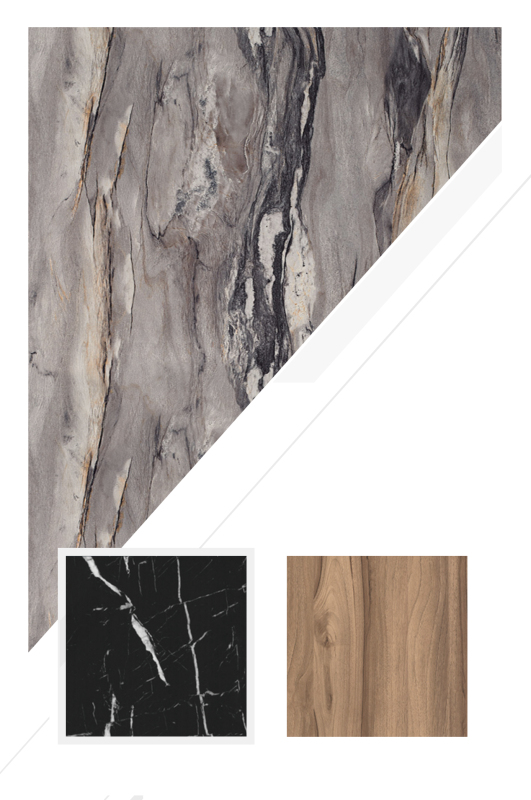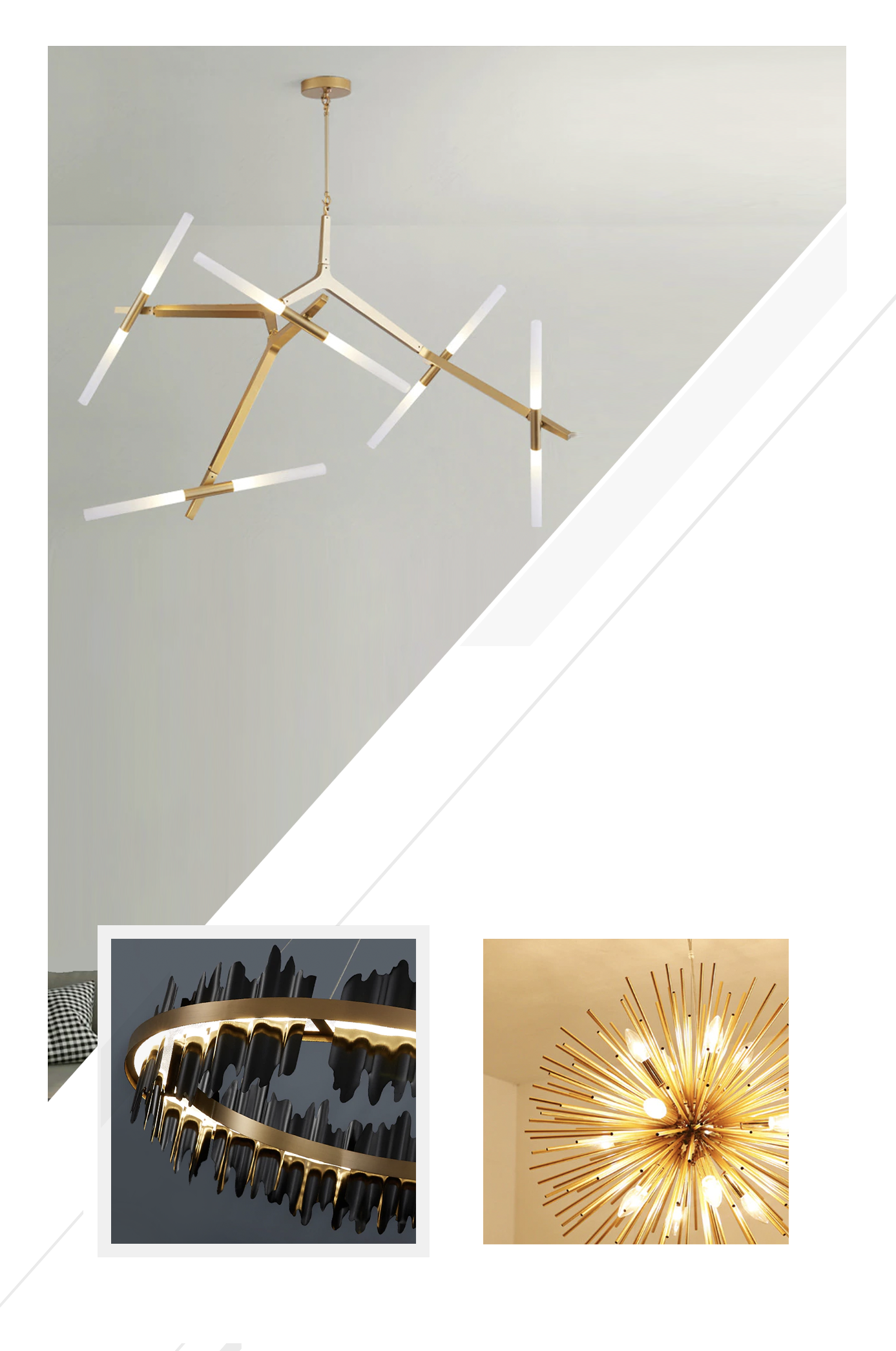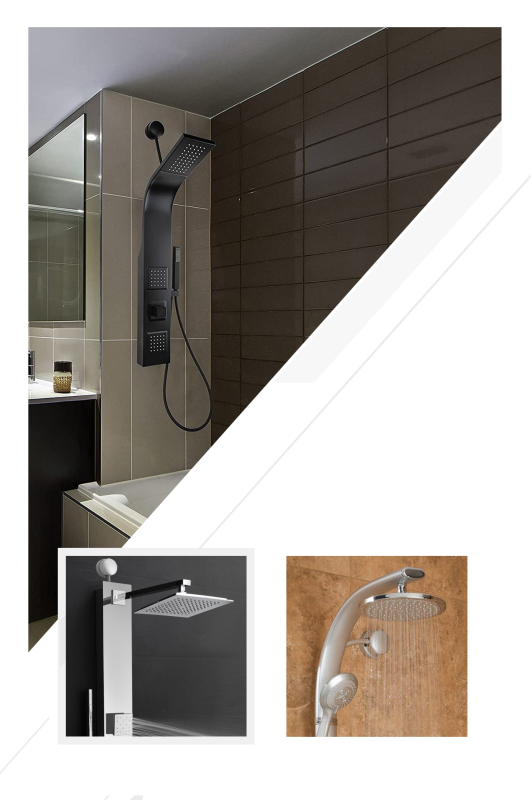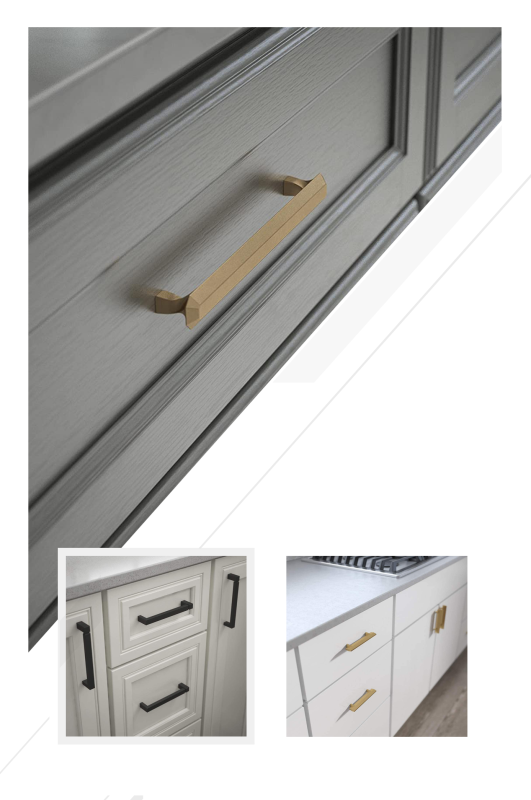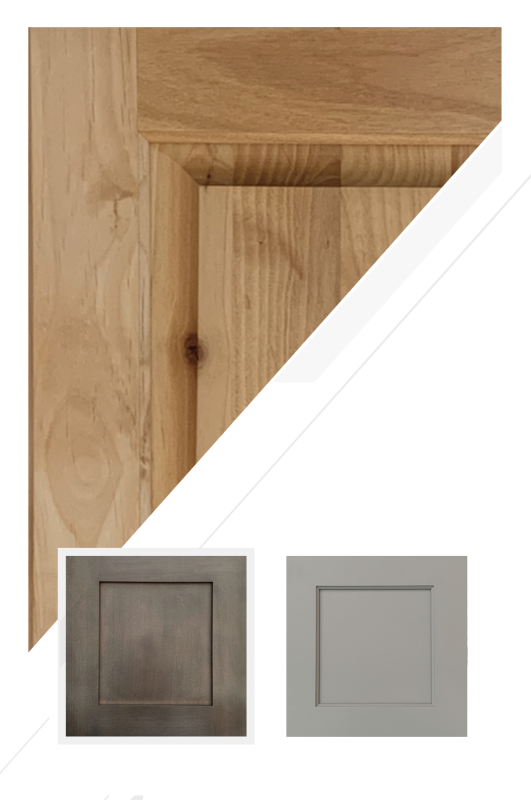Set Day Done Right: Crane Plans, Traffic Control, and Calm Streets
By Joy Line Homes California
Set day is the moment the work becomes a home. Modules arrive, the crane rises, and by evening a clean roof line meets the sky. Joy Line Homes treats this day as choreography. We align route studies, staging pads, traffic control, and neighbor notices so the street feels cared for and crews move with purpose. Families in Los Angeles, Ventura, Santa Rosa, Napa, and Paradise see a quiet, professional sequence that protects schedules and keeps the block calm.
Good logistics begin weeks in advance. Our team maps travel lanes, checks tree clearance, confirms overhead lines, and coordinates utility pauses where needed. We place signs early, schedule around school runs, and publish a simple one page plan that tells everyone what to expect. When the morning arrives, set day feels like the next step in a clear story rather than a surprise.
Route Studies that Remove Guesswork
Every module takes a specific path from factory to site. We drive and measure the route, confirm turn radii, and photograph pinch points. Where branches hang low, crews trim with permission. Where slopes are steep, we plan escorts and spotters. Bridges and culverts receive weight checks. If a lane closure is required, we secure permits and publish the window in neighbor notices. The goal is simple. Fewer stops, fewer surprises, and an on time arrival that respects the street.
For clustered rebuilds, one route study can serve several homes. That shared record saves cost and builds confidence for neighbors who will see the same safe sequence on the following days.
Staging Pads and Crane Placement
Crane work relies on clear geometry and solid ground. Joy Line grades a compact pad for trailers, marks outrigger points, and protects trees, vines, or fences with mats. We confirm boom length, pick weights, and swing radius with the crane company and note them on a simple plan. Mailboxes remain accessible. Driveways for unaffected homes stay open whenever possible. Crews keep sidewalks passable and add cones and flaggers where sight lines are short.
At each address, we tape exclusion zones with visible markers. Radios keep signals crisp. Hardware is laid out by step so the crane never waits for a bolt. Order and pace create a calm day for both workers and neighbors.
Neighbor Notices that Build Goodwill
Courtesy earns time. We deliver a one page neighbor notice with the set date, work hours, a friendly map, and contacts. The notice explains where trailers will pause, where flaggers will stand, and how long the crane will be on site. It also reassures with a promise to sweep the street at the end of the day. A calm block helps crews move without interruption and reduces calls to the city on a busy morning.
In hillside streets of Los Angeles and Ventura, we add a short note about school hours so vans and buses pass without delay. In Napa and Paradise, rural lanes get turnouts marked with cones to keep farm and service vehicles moving.
Safety Briefing and Morning Checks
Every set day begins with a five minute briefing. Ground conditions. Weather. Power lines. Traffic windows. Radio channels. The team reviews lift order, roof closure plan, and eave sealing steps. Harness points are checked. Tools are staged. The briefing ends with a quiet walk of the pad so everyone sees the same picture. When crews visualize the day, lift one feels like a repeat, not a first attempt.
We verify anchor heights and diagonals before the first pick. Pads and shims are sorted by size. Adhesives and fasteners sit ready. These small details remove gaps and keep the crane swinging steadily rather than waiting for a part run.
Pick Sequence and Weather Dry
Order is everything. We land the heaviest modules first, set marriage walls, and tie the structure. Roof closures follow with immediate eave sealing and temporary weather protection as needed. Openings are protected. Tarps are cut to length in advance so they tie down fast if a gust arrives. The house reads as a shell by mid day and a sealed box by afternoon. That pace protects finishes and shortens inspection time later.
Where a small shower is possible, we use simple drip paths and floor protection so work continues safely. When winds push above limits, the team pauses and moves to prep tasks without losing the day.
Traffic Control that Respects the Block
Traffic control is a design choice as much as a permit condition. Signs are placed at the start and end of the block. Flaggers stand where drivers can see them in time. Cones create a slow lane that still allows parcel delivery and first responder access. When neighboring homes need to leave, crews make space and guide vehicles through. The street never feels trapped. That feeling lowers stress for everyone and keeps set day friendly.
We sweep at lunch and again at the end of the day. Nails, straps, and wrap scraps do not stay on the street. The last impression is a clean road and a quiet house, not debris.
Utility Coordination and Temporary Shuts
Utilities require clear notes and early calls. We coordinate temporary power or drops when overhead lines sit near the swing radius. Gas and water are labeled and protected. If a short shut is needed, the window is posted on the neighbor notice and confirmed the day before. Crews place guards over valves and mark shutoffs so the inspector sees a tidy site from the first visit.
For clustered sets, shared windows minimize repeat trips by utility crews. Everyone gains time when the calendar works for several addresses at once.
Inspection Ready by Design
Set day is not only a performance. It is also an inspection step in disguise. Joy Line posts a sheet inside the entry that lists anchors, connections, and roof closures with photo references. The inspector sees labels, proof, and a team that knows the order of work. Visits are short. Notes are minimal. The project moves to the next chapter without drama.
We take photos of eave closures, vent guards, and flashing steps as they happen. These images join the digital binder and later serve both the city and the insurance carrier as proof of compliant assemblies.
ADUs and Small Homes as Set Day Teachers
Many streets begin recovery with an ADU. Small sets teach the block how the system works. Neighbors see the crane, the pads, the cones, and the calm sequence, then relax when their own date appears. Inspectors learn the pattern at small scale and move faster when the main home arrives. The ADU also creates a quick roof to live under, which removes pressure from the timeline and budget while the larger build proceeds.
Placement near utilities shortens trenching. A courtyard forms with the main home, giving crews a clear staging area now and a quiet outdoor room later. One decision supports logistics and daily life at the same time.
City Notes: Five Places, One Calm Method
Los Angeles: Hillsides require compact pick plans, raised platforms, and early morning arrivals. Route studies cover narrow turns and steep driveways. Flaggers protect blind corners. Streets reopen by dinner.
Ventura: Canyon winds and salt call for enclosed deck skirts and coated hardware. We stage wind breaks that do not trap embers and position the crane to minimize gust exposure during picks.
Santa Rosa: Neighborhood lots favor slab on grade and short runs from the curb. Cones keep sidewalks open. Gravel ribbons along side yards prevent tracking and simplify cleanup.
Napa: Rural lanes and vines require mats at crossings and clear turnouts. We protect rows with guards and coordinate with farm schedules. Sets align with quiet periods to keep roads open.
Paradise: Narrow access and disturbed soils pair well with helical piles and compact booms. Turnouts are marked days in advance. A cluster schedule reduces mobilizations across several addresses.
Communication Rhythm that Lowers Stress
People rest easier when they know the plan. Joy Line sends a three line update the week before: arrival window, crane start, and expected wrap. The day prior, a short text confirms times. During the event, one point of contact posts progress with two photos. At the end, we send a sweep photo and a note that streets are clear. Owners feel informed. Neighbors feel respected.
For block groups, a shared chat room and a pinned map keep the week organized. Everyone sees who is next and where the cones will stand. The street becomes a team rather than a set of separate jobs.
After the Crane: Close, Sweep, and Smile
When the last pick lands, we close seams, cap openings, and check tie downs. Wrapping and straps are removed. The pad is raked and the street is swept. Numbers are visible. Paths are clear. Fence returns sit in metal or masonry near the wall. The home looks finished even at this early stage, which builds confidence for owners and neighbors who will pass by every day.
We leave the block cleaner than we found it. That final image sets the tone for the next visit and the next home on the calendar.
Stories from Recent Set Days
In Los Angeles, a three pick sequence finished by mid afternoon and school traffic flowed as planned. In Ventura, gusts paused the boom for ten minutes, yet the day stayed on time because protection and pads were staged. In Santa Rosa, sidewalks remained open with cones and signs, and neighbors praised the cleanup. In Napa, turnouts kept tractors moving while modules crossed a lane without delay. In Paradise, compact booms and marked turnouts served five addresses in one week with streets reopened before dinner each day.
The Joy Line Perspective
Set day should feel precise, respectful, and calm. Joy Line Homes brings order to routes, pads, picks, and people so the crane moves steadily and the block stays friendly. A clean plan, clear notices, and trained crews turn a complex operation into a short, satisfying chapter in the rebuild. When logistics are right, confidence rises. Families see their home take shape, neighbors feel heard, and the city sees a tidy job that is ready for the next step.
About Joy Line Homes
Joy Line Homes builds modular residences and ADUs across California with set day logistics that protect schedules and neighborhoods. Our route studies, crane plans, and street courtesy keep projects moving and communities at ease.
Visit JoyLineHomes.com to request a set day plan and route study for your project or block group.
We are based in Santa Cruz County ,
California
Tel: (831) 888-Home
Email: info@joylinehomes.com
Business Hours: 9am - 6pm

